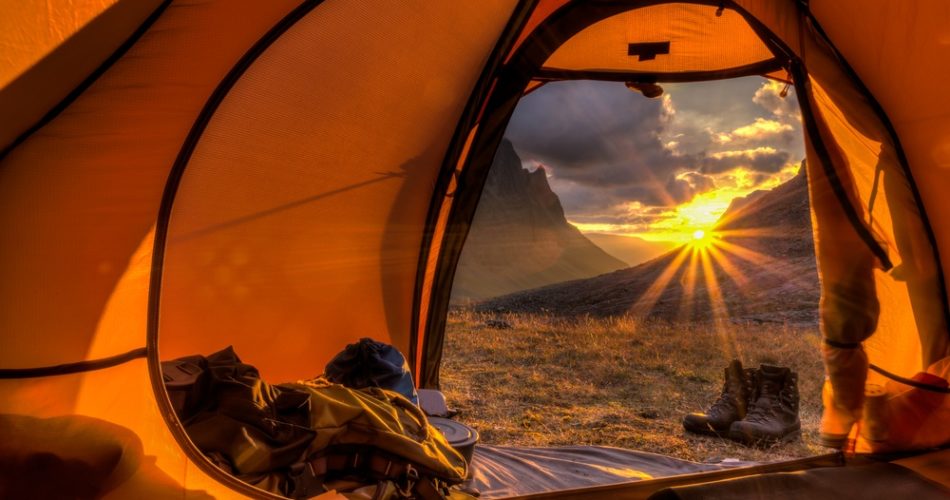When it comes to appreciating nature’s beauty, sometimes we are stuck in the most uncomfortable situations.
We can forget things or equipment may give out at any given time. In the case of a tent, we may not have the electricity needed to keep the inside cool in the event of high temperatures. But does that mean we’ll have to endure the unexpected? Not necessarily.
In today’s post, I’m going to show you how to cool a tent without electricity and offer some general tips overall to boost your camping experience.
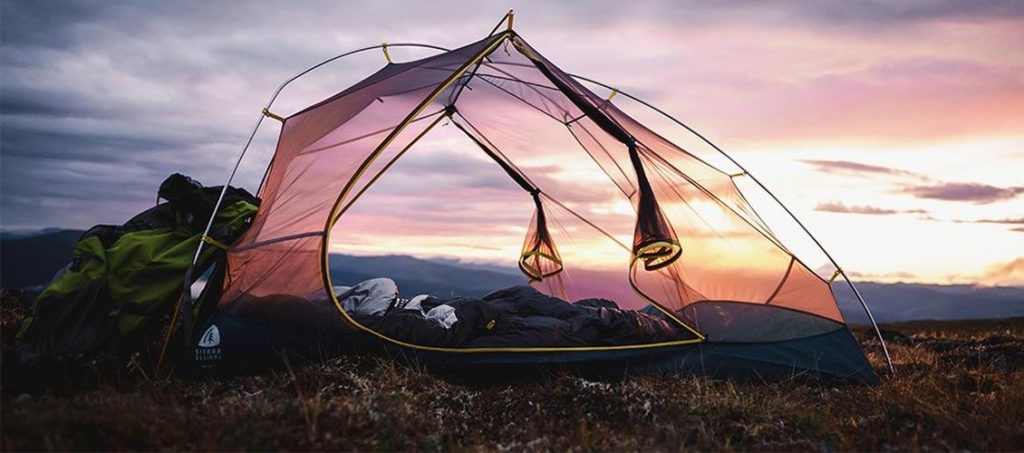
Why Do Tents Get Hot?
To start, we’ll have to figure out why tents get so hot. There’re several reasons why your tent could be heating up, but the main issue is you may be creating the ideal greenhouse.
No matter your tent’s position, if you lack ventilation, chances are you are trapping in gases that would make plants envious. The two main culprits, water vapors and carbon dioxide.
As we already know, every time we breathe out, we release carbon dioxide. Not only that, but our bodies are capable of producing 1.25 liters of water vapor just from sweat and breathing alone.
You’ll know you lack proper ventilation if you start to see water droplets forming at the walls of your tent. Unless you’re planning a sleepover with some plants, it would be best to provide your tent with some good airflow.
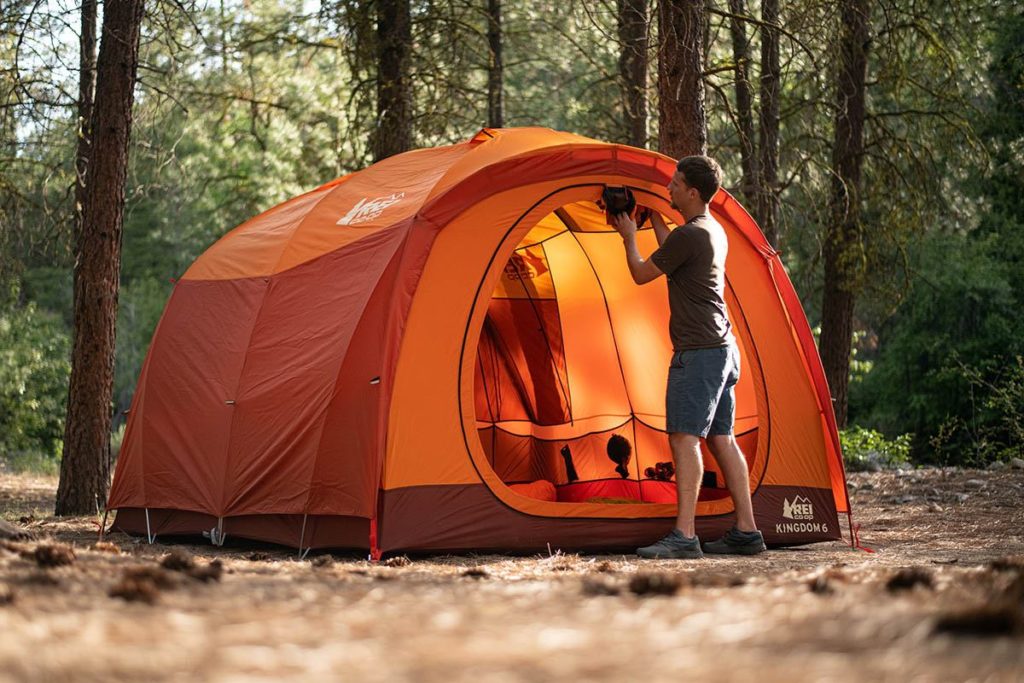
General Tips to Keep a Tent Cool
When there’s great weather, there’s time to explore everything nature has to offer. However, in hot weather, some tips would probably be useful to make your camping experience more enjoyable. Here are some tips.
Set Your Tent in Shade
If you’re not a big fan of the sun, it is important to find shaded areas to set your tent. In other words, find an area that’s shaded but still gets enough sunlight throughout the day.
One issue with not getting enough sunlight in the area you’re pitching in might get too cold, and we don’t want to create the opposite problem of this post. However, if you like a lot of sunlight, it’s probably still not in your best interest to set up in direct sunlight.
Why is that, you may ask?
Imagine, after a long day of hiking or doing outdoor activities, and you may want to take a rest to cool off properly. You might think it’s probably better if I cooled off in the tent since it will cover me from the sunlight.
It will, after all, provide me some shade, right?
Well, if you pitched your tent in direct sunlight, you’ll be disappointed, as you’d most likely walk into a hot sauna after a long day of activities. So, pitch your tent in some shade or near a body of water because it is the best way to cool a tent.
Any amount of airflow will help you to keep the tent cool, and pitching a tent near a body of water will most likely help with ventilation problems if that’s an issue you’re facing.
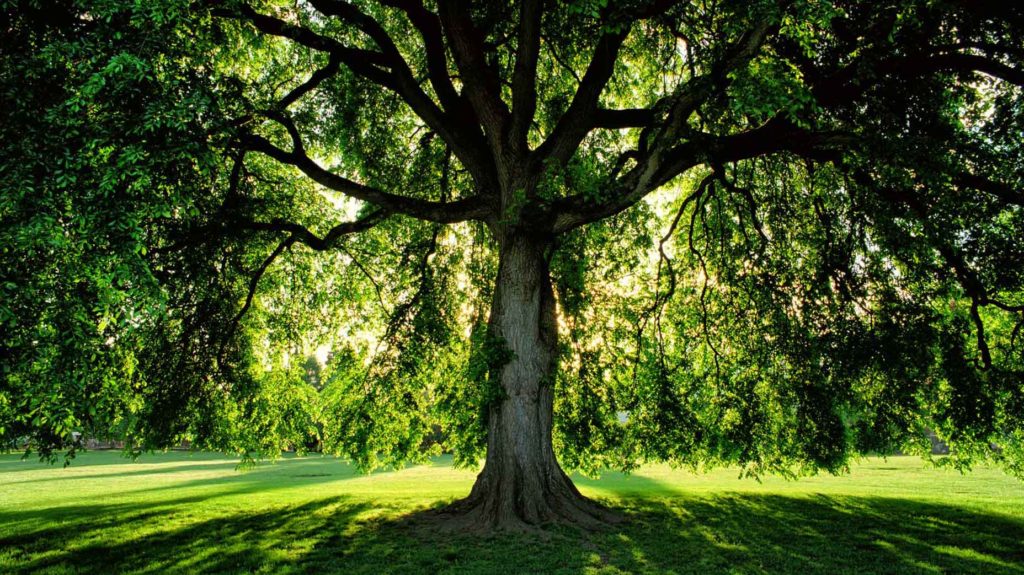
Timing is Important
As I previously mentioned, tent placement and proper ventilation are essential to keeping your tent cool and from trapping in any unwanted heat. But what is the ideal time to set up your tent?
If you’re like me, you’d probably say, as soon as possible. I mean, who would want to set up a tent after a long day of activities? However, it isn’t a good idea. Setting up your tent as soon as possible could be a mistake.
Why is that?
Well, think of it like this. Will you need to use your tent as soon as possible? Do you need your tent to be ready from the get-go? For the most part, we’d probably be thinking of other issues apart from tent placement at this point.
Not only that, but if you set up your tent too early, you’ll give the tent a longer period to trap in gases that we don’t want.
Now, you may say, but I can’t be bothered to set up a tent after a long day of activities. Fair point, but if you set up your tent early, you may hastily pick a spot to set up in. If you wait, you’re more likely to find a nice and cozy spot to settle in.
Preferably, the best time to set up a tent is before sunset. During that time, the air is a lot cooler, preventing hot air trapping in the trap.

Tent Choice
Choosing the right tent is important to keep in mind. But it can get tricky if you are interested in a tent on a budget.
Commonly, the most popular materials people opt for are polyester and nylon when it comes to tents. But is that an ideal choice?
If the temperature is really important to you, the ideal material is canvas as it’s the best at maintaining temperature in a tent. Do take precaution, however, as the canvas is also a heavier material than the two mentioned previously.
Aside from that, it’s more preferable to choose a light color for your tent.
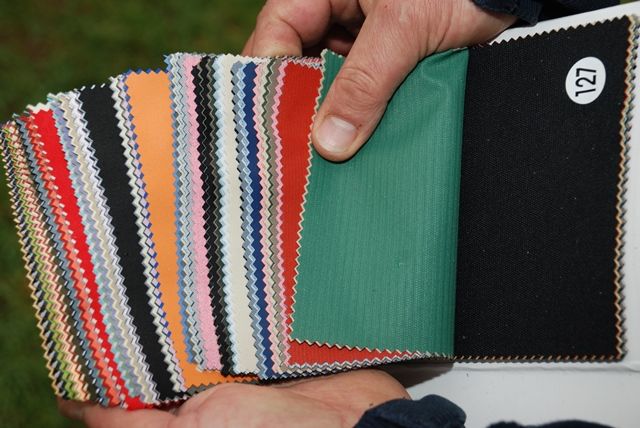
Tent Shape
You may be inclined to purchase a dome-shaped tent because, after all, that’s all we see in movies/TV shows, and it’s generally the cheapest option. This isn’t ideal as those dome tents usually don’t give you enough space for ventilation and enough space to move around.
Instead, opt for a cabin tent or a bell tent. The more headspace you can get, the more you’ll ensure you don’t sleep in a sauna. The only catch is that they’re more expensive.
Battery Powered Fans
If you are interested in staying cool in a tent, then it’s probably in your best interest to carry along a battery-powered fan. If you can’t get enough airflow, a fan will provide you with assistance in moving air along your tent.
For some extra help, move your cooler inside the tent. If you put your fan behind it, it will spread cool air. Just be careful not to flood your floor.
On the contrary, if you are camping on a windy spot, then you might not need a fan. But in situations like this, a tent for high winds can save you.
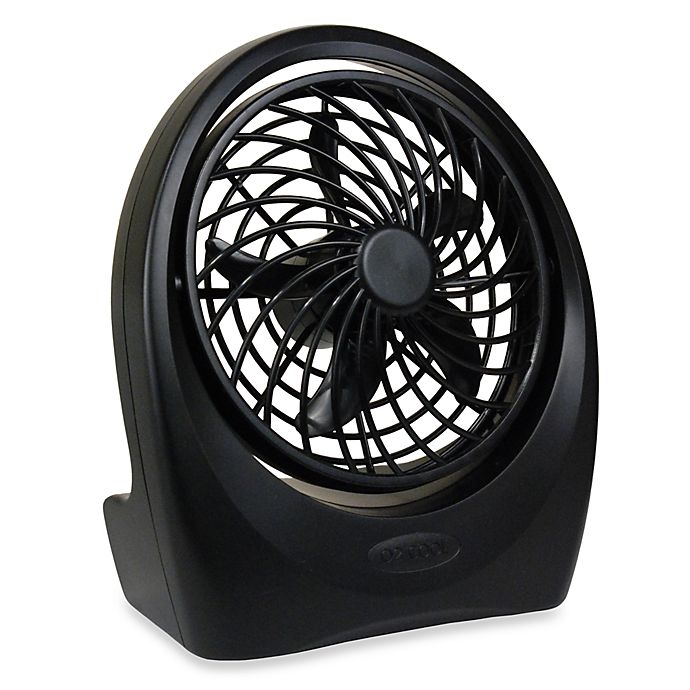
Tent Downtime During the Day
Maybe you’ve already set up your tent and are wondering if you should keep it up. In this case, you probably should knock it down for the time being. As long as no-one’s using it during the day, having your tent up could be detrimental.
Since it would probably be up for the majority part of the day, this will give it time to trap hot air. Unless you want to walk into a humid tent, set up your tent later in the day when it’s cooler.
Use Tarps or Footprints
One thing I forgot to mention when setting up a tent is, you should probably set it over a tarp or footprint. Footprints are large pieces of material that are meant to be set up under your tent. They protect the tent from abrasive surfaces.
On the other hand, tarps also function similarly, but they can also be placed over your tent. This way, you’ll be protected from the ground, which does heat up during the day.
Use Reflective Blankets
You may run into a situation where you just can’t avoid the grueling sunlight. Whether it’s not enough trees or you’re simply in an area that doesn’t provide enough shade, reflective blankets are an easy solution.
Simply place the reflective blanket over your tent, and as it will keep the tent cool. They’re made specifically with reflecting heat in mind.
However, a word of advice is to make sure that it adequately covers the tent or else it won’t work as well as it should.
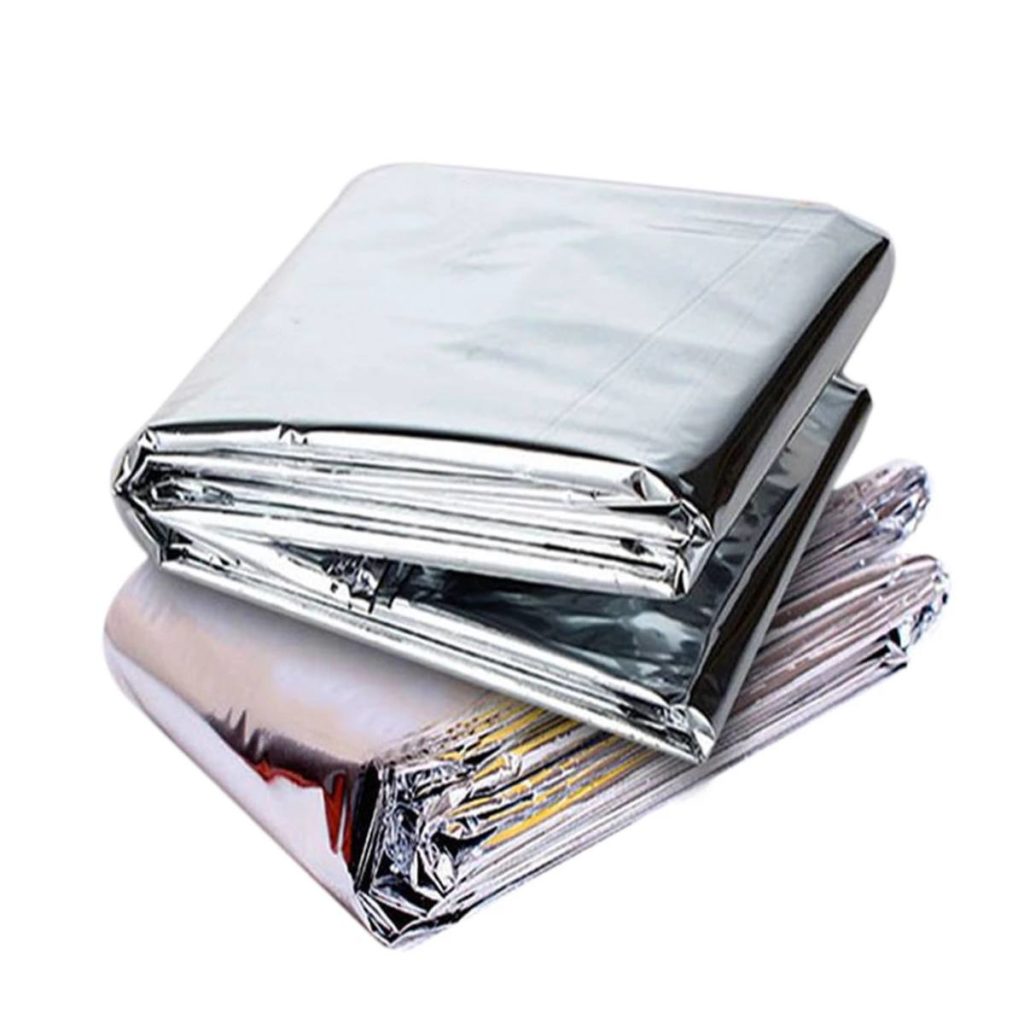
Hang or Remove the Rainfly
Now, this is a tricky situation. Why? Depending on who you ask, you’ll be pressed to find out that you’ll get varying answers. Some will say that you should remove the rainfly to provide your tent with better ventilation.
This does come at a cost as you won’t be protected if any rain should occur. So how do we solve this small problem? Instead of completely removing the rainfly, we can simply hang it over the tent.
This way, we get protection from rain AND proper ventilation.
Frequently Asked Questions
How to pitch a tent?
Following are the step by step instruction to pitch a tent perfectly:
- Find a shaded spot
- Spread the body of the tent on the ground
- Assemble the poles
- Attach the body to the poles
- Lay out rainfly on top of your tent
Which color is the least reflective?
Black color. This is why it is advised against choosing a dark tent as it absorbs all of the heat.
Conclusion
We hope this article answered your question “how to cool a tent without electricity?”. A little knowledge in how to deal with the heat can go a long way. Providing other campmates and yourself with a cool tent is ideal for going on a camping trip.

